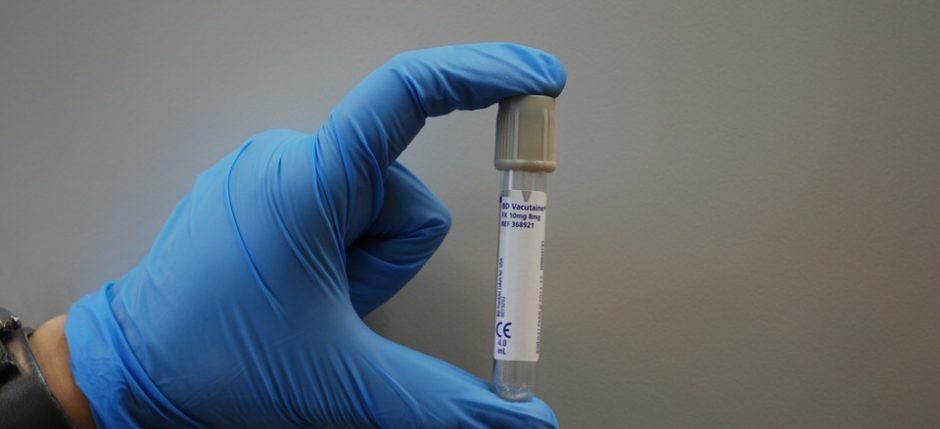
Prostate Cancer
What Are The Causes Of Prostate Cancer?
Some men believed that if they knew the cause of prostate cancer, they could have prevented it. Unfortunately, the causes of prostate cancer are largely unknown.

What Causes Prostate Cancer?
Apart from skin cancer, prostate cancer is one of the most common cancer among men. Currently, a man living in the United States has a 1 in 6 lifetime risk of being diagnosed with prostate cancer.
Cancer is complex. It is difficult to pinpoint what causes prostate cancer. However, doctors and scientists have been able to identify human prostate cancer risk factors.
These risk factors help shed light on how the disease is affected by circumstances both within and out of our control. They may eventually be able to provide some clues about how prostate cancer may be prevented.
Risk Factors For Prostate Cancer
1) Age
Doctors, however, do not know how an increase in age increases a mans risk for prostate cancer.
Most cells in young healthy individuals have defense mechanisms that protect against cell-damaging chemicals that are produced as part of normal body processes. As a person ages, these defenses weaken in most tissues. This may allow damage to accumulate in cells, which could eventually lead to cancer.
2) Hormones
Androgens, namely testosterone produced by the testes, are male hormones that are required for the growth, maintenance, and function of the normal prostate. However, they also have the ability to speed the growth of prostate cancer cells and metastases. Hormones can therefore make an already existing case of the disease worse. This explains why testosterone deprivation is used to treat prostate cancer.
3) Racial Background
Prostate cancer occurs almost 70 percent more often in African-American men than in white American men. African-American men are more likely to be diagnosed at an advanced stage than men of other races.
These racial disparities may be due to differences in access to care, decision-making process of whether to seek medical attention or follow-up, lifestyle choices, biologic differences or a combination of these. Prostate cancer is not common in Africa, but as a group, African-American men in the United States have a higher intake of dietary fat, and this may contribute to their higher risk.
One study found higher prostate-specific antigen (PSA) levels in African Americans both with and without prostate cancer. The factors causing higher PSA levels in African Americans may be due to a combination of biological, environmental and socioeconomic causes.
Because of the increased risk for African-American men, it is recommended that they begin undergoing prostate cancer screening at age 45, earlier than the general population.
4) Differences Between Countries
It is less common in Asia, Africa, General America, and South America. In recent years, with the increase in dietary fat, the number of prostate cancer cases has also risen considerably in many countries, including those where prostate cancer risk is considered low.
5) Family History And Genetics
Prostate cancer seems to run in some families, suggesting that an inherited or genetic factor may affect risk. This risk appears to be even stronger than that for colon or breast cancer, two cancers with well-recognized genetic links.
Having a father or brother with prostate cancer doubles a man’s risk of developing prostate cancer.
6) Diet
Some studies have suggested that men who consume very high amounts of calcium (through food or supplements) have a higher risk of developing advanced prostate cancer. Foods which may increase your risk of getting prostate cancer include red meat and dairy products which contain high levels of saturated fat.
Foods such as green vegetables, fish, tomato products high in lycopene, fruits and soy products decrease prostate cancer risk. Omega-3 fatty acids found in flaxseed oil and supplements, Vitamin E (found in green leafy vegetables and whole grains), as well as selenium (found in seafood and whole grains) also decrease prostate cancer risk.
7) Prostatic Intraepithelial Neoplasia (PIN)
Prostatic Intraepithelial Neoplasia (PIN) is a condition where the prostate gland cells change shape and size, making them distinctly different from normal prostate gland cells (please refer to picture above). This may progress to prostate cancer. PIN begins to appear in men in their twenties. Almost 50 percent of men have PIN by the time they reach 50.

PIN is classified as either low grade, meaning the tissue appears almost normal, or high grade where the tissue has an abnormal appearance. Men with high-grade PIN are more likely to develop prostate cancer. They should be watched carefully and should have repeat prostate biopsies.
8) Occupation
Men who have worked a long time making batteries like those used in portable electronic products and have been exposed to cadmium may have a slighter higher risk for developing prostate cancer than other men.
Welders and workers in the rubber manufacturing industry are also exposed to toxic chemicals that may put them at higher risk for prostate cancer. Farmers may also face a higher risk because of their exposure to high levels of pesticides.
9) Physical Inactivity And Being Overweight Or Obese
Physical inactivity may increase a man’s risk of prostate cancer. Being overweight or obese may also increase a man’s risk.

Recent Comments